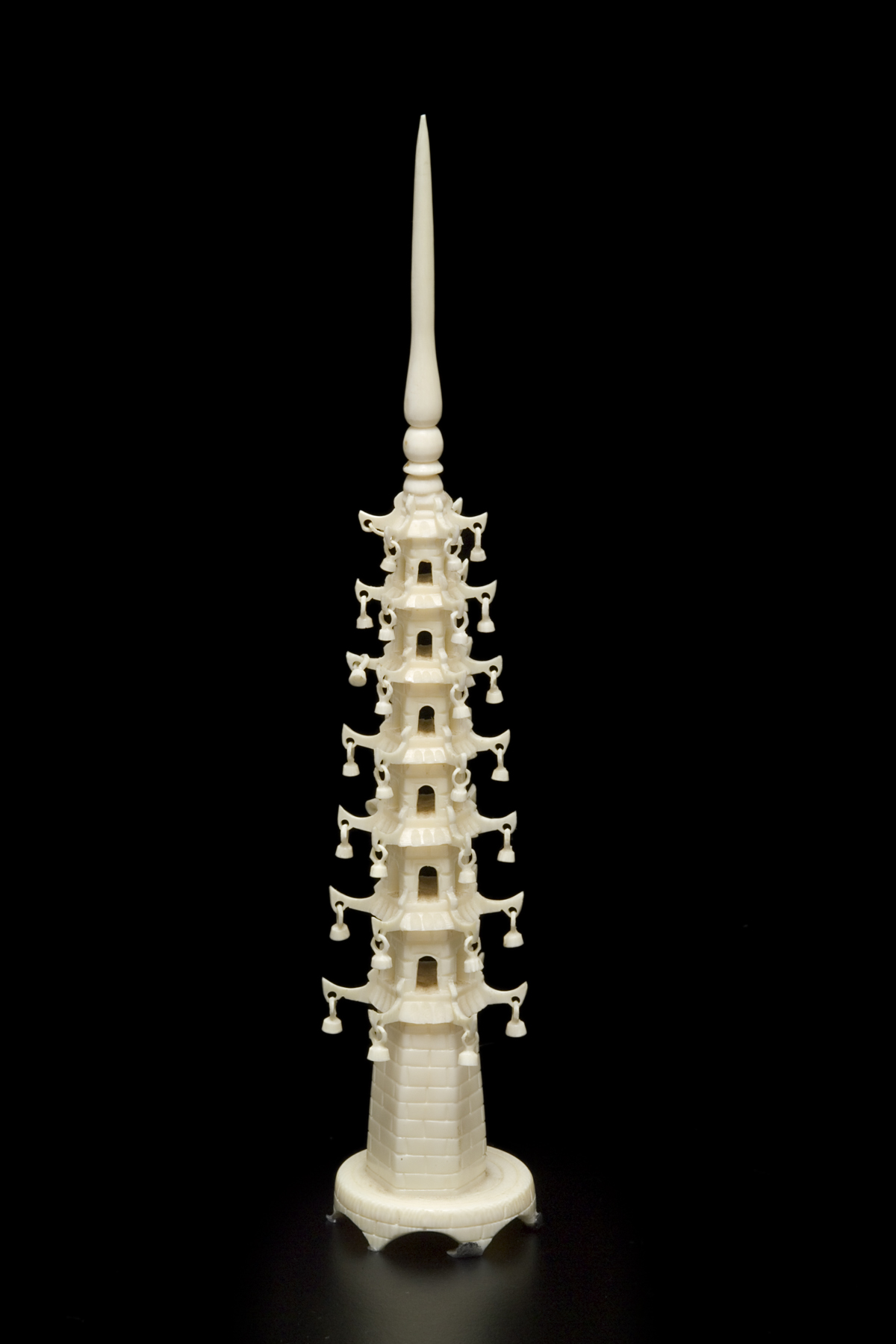pagoda, unknown maker from China or Thailand
Artwork Overview
pagoda
, 1900s
Where object was made: China or Thailand
Material/technique: ivory
Dimensions:
Object Height (Height): 229 mm
Object Height (Height): 9 in
Object Height (Height): 229 mm
Object Height (Height): 9 in
Credit line: Gift of Dr. and Mrs. Warren H. Cole
Accession number: 1989.0268
Not on display
If you wish to reproduce this image, please submit an image request

